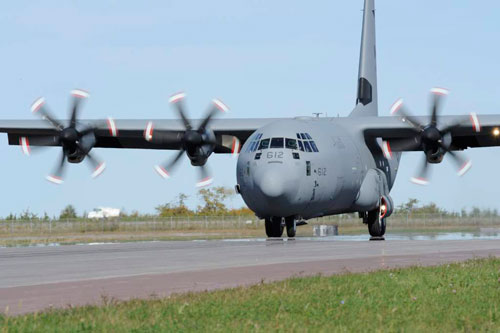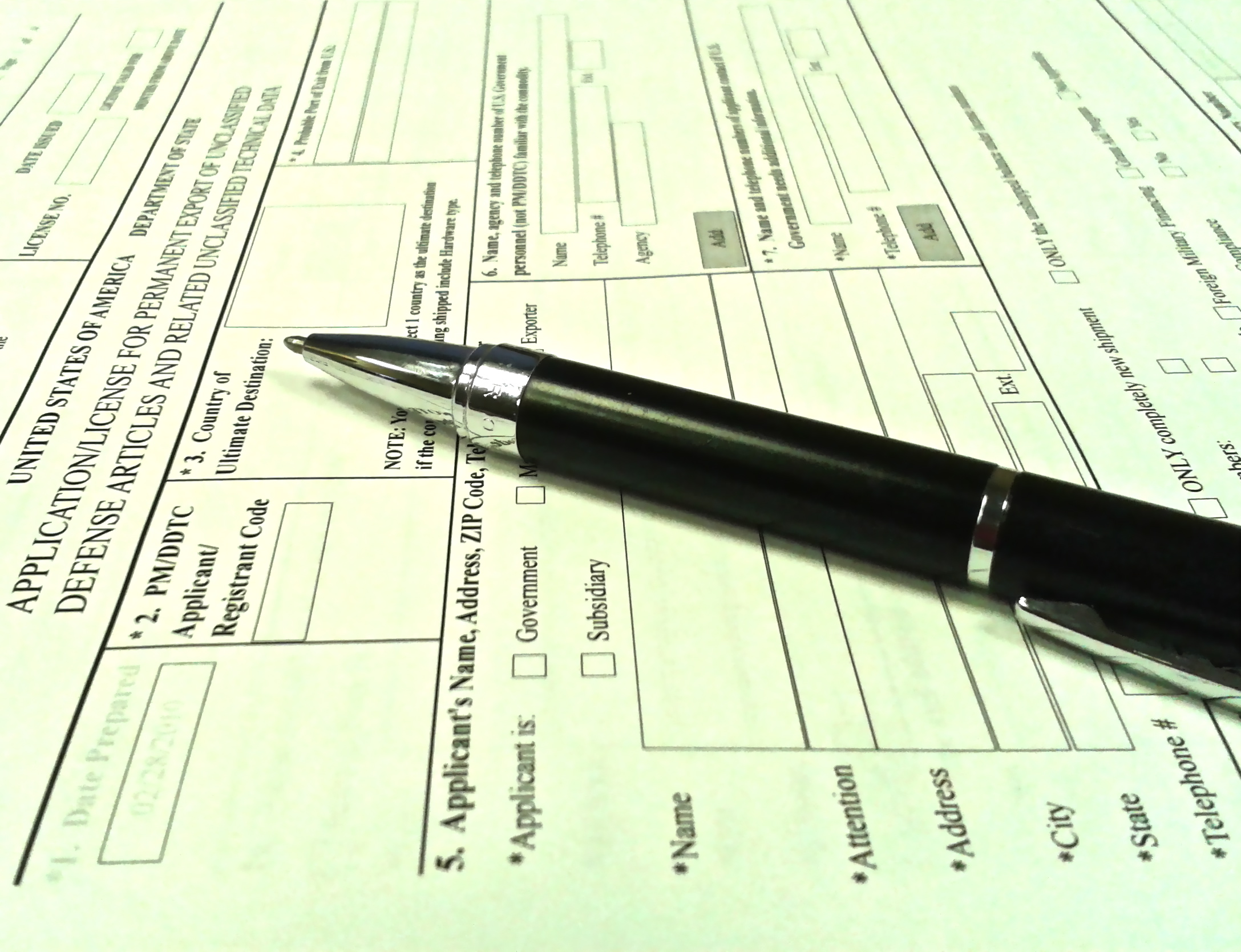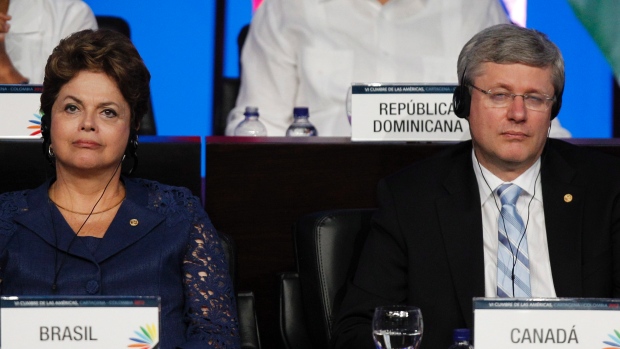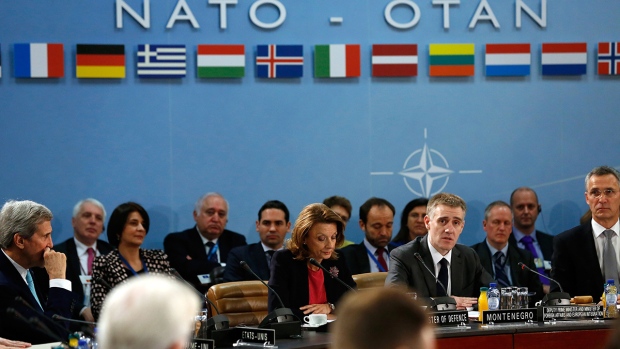The vastness of Canada’s geography makes long-range search and rescue planes critically important. Most of Canada’s dedicated search and rescue units are based fairly far south, but need to be able to respond to incidents off both coasts and into the high Arctic. The aviation component of Canada’s search and rescue system is the responsibility of the Royal Canadian Air Force (RCAF). In addition, the Department of National Defence funds the Civil Air Search and Rescue Association, which coordinates volunteer pilots and spotters around the country.

The RCAF has four search and rescue squadrons across the country operating fixed-wing aircraft. 442 Squadron in Comox, British Columbia flies CC-115 Buffalos. 435 Squadron in Winnipeg, 424 Squadron in Trenton and 413 Squadron in Halifax fly the CC-130 Hercules. Various other RCAF units also have search and rescue as a secondary role. For example, 440 Transport Squadron based in Yellowknife provides general support to the Canadian Forces throughout the Arctic, with search and rescue as a secondary role.
The RCAF’s aging search and rescue planes are increasingly plagued by mechanical problems and spare parts shortages. Despite considerable time and money being focused on maintenance, reliability remains a significant concern. Many of these issues were documented in the Auditor General’s 2013 report on Canada’s search and rescue capabilities. The report found that “National Defence does not have enough suitable search and rescue aircraft.” In particular, the CC-130 Hercules was found to lack “sensors and data management systems found on modern SAR airplanes.” The RCAF’s existing fleet of 45 year-old CC-115 Buffalos also faced numerous problems, including being unavailable in 2011 “for SAR on 119 occasions, and in five of these cases there were no SAR replacement airplanes…”
The federal government has responded to the growing concern around the Canadian Forces search and rescue capabilities. As part of the Canada First Defence Strategy, the Fixed-Wing Search and Rescue Aircraft Replacement Project was created. According to one media report, efforts to replace Canada’s aging search and rescue plane fleet have been ongoing since 2004, “making it one of the longest-running equipment programs underway in Canada.” In early July of this year, an Ottawa Citizen article described how the program was even further slowed by hiring freezes at the Department of National Defence. Earlier in the procurement process, there were also accusations the Department of National Defence designed the requirements to favour the Alenia C-27J Spartan.
…this particular controversy is just another example of how broken the system has become.
Despite consistently being described as a high priority project, Canada has yet to replace its aging and increasingly inadequate fleet of CC-115 Buffalo and CC-130 Hercules aircraft. This procurement process has already been underway in various forms for over a decade. Yet, despite clear indications that both aircraft are nearing the end of their operational lifespans, the federal government has yet to select a manufacturer, much less purchase replacements.
As news coverage in recent years has made painfully clear, the Government of Canada faces a variety of problems related to defence procurement. In one sense, this particular controversy is just another example of how broken the system has become. But in another way, the whole project stands out as a particularly sad case study. Search and rescue is one of greatest embodiments of the federal government’s profound responsibility to safeguard the lives of its citizens.
Reliable and well-equipped search and rescue planes are one of the most important components of the government’s contribution to search and rescue across this country. Despite the determination of its personnel, the Canadian Forces cannot properly due its job without the equipment to conduct search and rescue operations across staggering distances and some of the most remote and inhospitable areas in the world. In times of distress, people across this country should not have to wonder whether rescue operations will be hindered by slow response times or unreliable equipment. Canada has not only a legal, but also a moral obligation to do much, much better.




